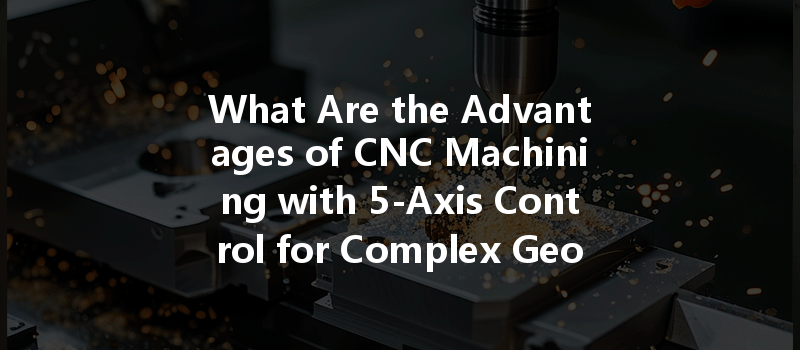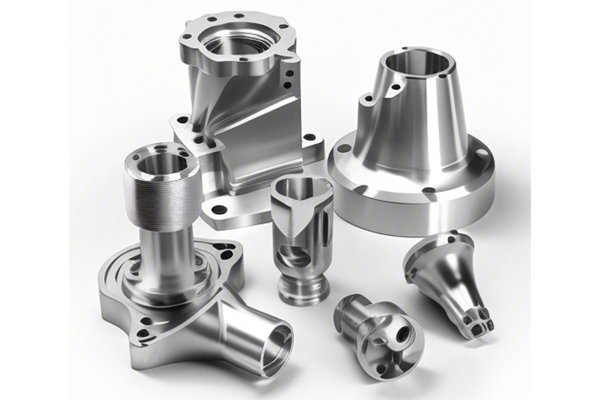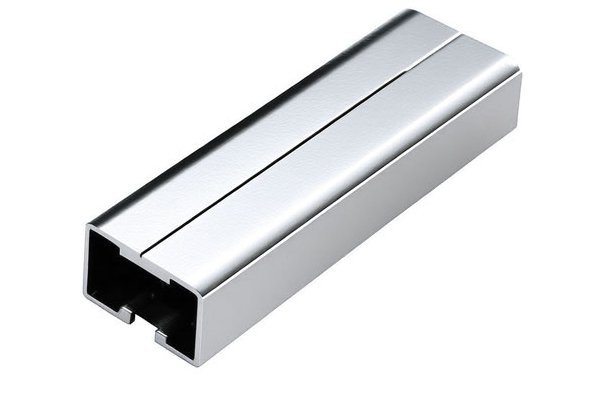Did you know that the global CNC machining market is projected to reach USD 117 billion by 2025? This is a staggering number that reflects not just growth in the industry but also the increasing adoption of advanced technologies such as 5-axis CNC machining. For engineers, manufacturers, and anyone involved in product development, understanding the transformative potential of 5-axis CNC machining is crucial.
to CNC Machining
Computer Numerical Control (CNC) machining is a subtractive manufacturing process that involves the use of pre-programmed computer software to dictate the movement of machinery and tools. CNC machining enables precise cutting, milling, drilling, and grinding to produce complex geometries that are difficult or impossible to achieve by traditional means.
Why 5-Axis CNC Machining Stands Out
While traditional CNC machines typically operate on 3-axis (X, Y, Z) movements, 5-axis CNC machines take machining to a whole new level. They are designed to move a tool or workpiece in five different axes simultaneously, providing enhanced capabilities for producing intricate components in a single setup.
This improved flexibility allows for more complex geometries to be machined with greater precision and reduced production time. But what are the specific advantages of incorporating 5-axis CNC machining into your manufacturing processes?
One of the most significant advantages of 5-axis CNC machining is the enhancement in precision and accuracy. Traditional 3-axis machining often requires multiple setups to create a complex part, leading to accumulated errors.
In contrast, 5-axis machining allows for manipulation in multiple directions without the need for re-fixturing the part. This means parts can be made with tighter tolerances, and the likelihood of error is significantly reduced. For industries like aerospace and medical devices, where precision is paramount, 5-axis CNC machining becomes not just beneficial, but essential.
5-axis CNC machines allow engineers and designers to incorporate more complex shapes into their designs without sacrificing manufacturability. With advanced CAD/CAM software, it becomes much easier to create parts that include:
This increased design freedom can lead to innovations in product design that were previously thought to be impossible. For example, components that require intricate cooling channels or unique geometrical characteristics are much easier to produce with 5-axis machining.
In traditional CNC machining, each time a part needs to be repositioned, significant setup time and labor costs are incurred. 5-axis machining minimizes this need by performing multiple operations on a single setup.
Machinists can achieve all necessary cuts in one configuration, which not only saves time but also reduces the chance of human error during repositioning. This is particularly important in fast-paced environments where time is money.
Due to the continuous motion capabilities of 5-axis machining, cutting tools maintain optimal angles and trajectories throughout the machining process. This constant motion results in superior surface finishes.
When parts require post-machining processes like polishing or coating, the better initial finish means less work later on, improving the overall efficiency and economics of the production process.
Using 5-axis CNC machines allows tools to engage with workpieces at more favorable angles. This results in fewer tool changes and can significantly prolong tool life.
Higher tool longevity means reduced costs associated with frequent replacements and improved overall productivity as the machining process can run longer without interruptions.

5-axis CNC machining typically leads to shorter lead times for projects. Since operations can be completed in fewer steps, manufacturers can deliver products faster.
For businesses competing in fast-moving markets, such as consumer electronics or automotive industries, the ability to turn around prototypes or production runs quickly is a critical advantage.
While the initial investment in 5-axis CNC machinery can be significant, the long-term savings through reduced labor, shorter lead times, lower tooling costs, and increased precision make it a cost-effective option.
Companies can streamline their production processes, cut wasted materials, and maintain a higher quality of output, leading to improved profit margins.
Implementation Strategies for 5-Axis CNC Machining
To effectively implement 5-axis CNC machining in your operations, consider the following strategies:
Choosing high-quality 5-axis CNC machines is essential for achieving superior results. Look for features such as:
It’s vital to ensure that your technicians and operators are well-trained in managing and programming 5-axis machines. A skilled workforce will handle the complexities of the machine and mitigate errors.
Invest in robust CAD/CAM software that supports 5-axis machining to streamline the design process. These programs can optimize tool paths and provide better visualizations during the design phase.
Adopting 5-axis CNC machining creates opportunities for innovation. Encourage your teams to experiment with new designs and applications that leverage the unique capabilities of the technology.
In summary, the advantages of 5-axis CNC machining for complex geometries are challenging to overlook. From improved precision and reduced setup time to enhanced design flexibility and cost-effectiveness, 5-axis CNC technology is reshaping manufacturing as we know it.
For businesses eager to stay competitive, embracing this technology is not just a choice but a necessity.
The best piece of advice for readers is to consider how 5-axis CNC machining can transform your operations and products. As industries continue to evolve, those who harness the power of advanced manufacturing technologies will undoubtedly lead the way in innovation and efficiency.
Remember, staying informed and adaptable in this fast-paced environment is crucial for success. Embracing technologies like 5-axis CNC machining is more than just an upgrade; it is a step towards future-proofing your business.






